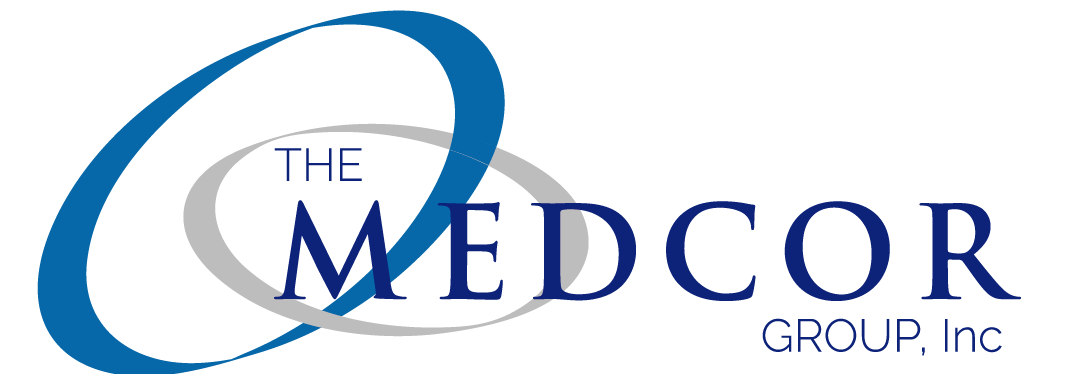The revenue cycle begins when a patient calls for an appointment or walks into the medical office and services are rendered. The revenue cycle ends when the proper payments are received and posted by the medical billing office. This sounds like a simple process, but there are many steps that require a team effort in order to have a successful medical billing process. It includes front-end office tasks like appointment scheduling and insurance eligibility verification; tasks related to clinical care like coding and charge capture; and back office tasks like claims submission, payment posting, statement processing and the management of denied claims. How your practice handles these steps directly impacts your ability to get paid the full amount you are owed as quickly as possible.
Plan
- Pre-Billing Review
- Review to eliminate potential medical billing errors. How you collect patient insurance and verify eligibility is crucial.
- Coding Analysis
- Coding is the process of transforming descriptions of medical diagnoses and procedures into universal medical code numbers. It’s an important part of your practice’s revenue cycle management in accurately reporting codes in order to receive timely payment.
- Coding Tips
- Recommendations on how to improve. Codes are constantly changing, and you want to stay in compliance.
Do
- Prep & Delivery
- Setting up and configuring the medical billing software to capture the charges to be billed.
- Claims Filing
- Submitting claims to the correct health plan or payer in order to receive payment quickly.
- Billable fees are submitted to the insurance company via a universal claim form for payment.
- Claims Appeals
- Claims that are submitted but not accepted by payers can negatively impact revenue. An estimated 10% of claims are rejected by payers on the first pass.
- Payments from payers are reviewed to find any items that may need to be appealed due to dropped or missed procedures, bundled procedures (one code versus two), payment based on the wrong fee schedule, etc.
Manage
- Billing Management
- Electronic claims can be submitted in real time and can be tracked and reviewed for compliance. Post and apply payments/adjustments to the appropriate accounts, including rejects.
- Inquiry Management
- Handle inquiries from patients and payers.
- Reporting & Analysis
- Key reports can give important insights on both the profitability of your business and the profitability of a particular procedure, and help practices stay abreast of key revenue cycle management indicators.


